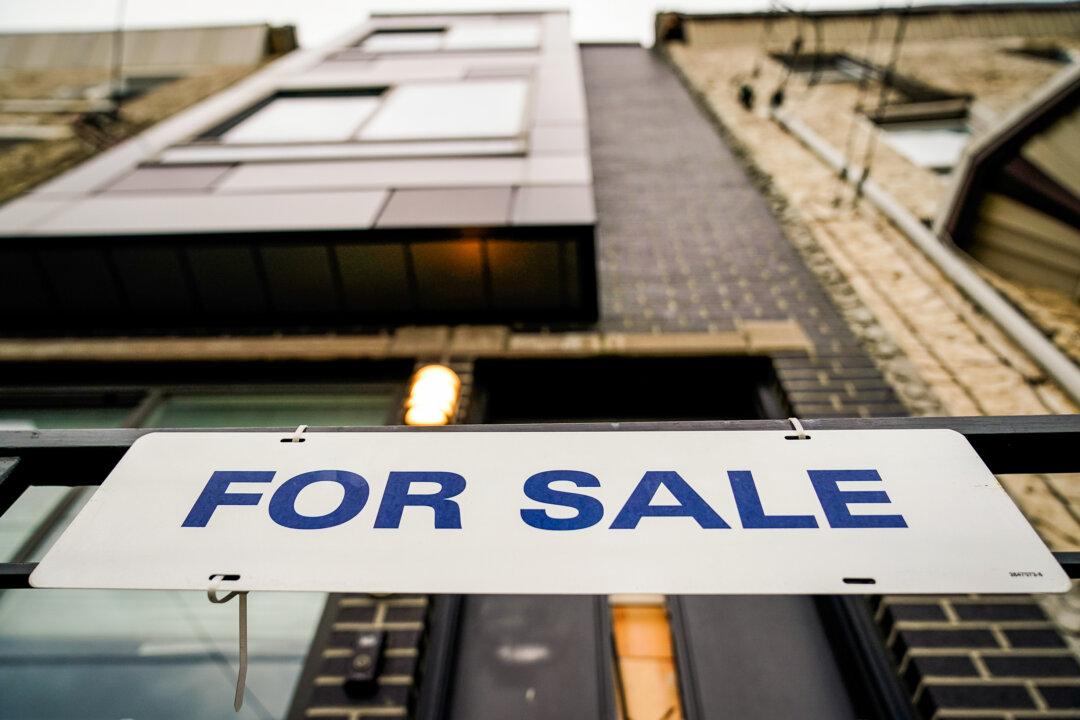Most aspiring homeowners say the high cost of living and insufficient incomes are barriers to purchasing a home in the current real estate market, according to a new Bankrate survey.
Fifty-one percent of people who want to buy a residential property think the cost of living is too high. Fifty-four percent believe their income isn’t high enough to cover a down payment or the closing costs for a home.
Other reasons listed in the Bankrate survey for being unable to buy a home are the lack of financial assistance (15 percent) and student loan debt (10 percent).
A fifth of prospective homeowners also say they will never be able to save enough to purchase a home. Close to one-third (30 percent) believe it will take five years or more, while 10 percent think it will take a decade or longer.
Debt is a substantial hindrance in the homebuying process, says Mark Hamrick, a senior economist analyst at Bankrate.
“For prospective home buyers, debt can be the financial equivalent of quicksand suffocating capability and potentially blocking entry over the threshold of a dream home,” he said.
“With credit card interest rates as high as they are, take heed of the flashing red light which warns us to avoid allowing debt to accumulate.”
But not only credit card debt and rates are hurdles to achieving the American dream of homeownership. Mortgage rates have been climbing again, adding to homebuying costs.
After easing from the October 2023 high of 7.79 percent, mortgage rates started rising again, fueled by hotter-than-expected inflation data and solid economic growth.
“Historically, the combination of a vibrant economy and modestly higher rates did not meaningfully impact the housing market,” said Sam Khater, chief economist of Freddie Mac.
“The current cycle is different than historical norms, as housing affordability is so low that good economic news equates to bad news for homebuyers, who are sensitive to even minor shifts in affordability.”
Mortgage costs have exacerbated housing affordability challenges. However, if mortgage rates slide throughout 2024, “more Americans should find modest improvement with housing affordability,” Mr. Hamrick said.
“Along with the interest rate question, it depends on the future direction of home prices and whether the market will continue to be dogged down by the thorny challenge of an insufficient supply of homes available for sale.”
Record Home Prices
U.S. home prices continue to record fresh record highs.“The median home price reached an all-time high for the month of January,” NAR Chief Economist Lawrence Yun said. “Multiple offers are common on mid-priced homes, and many homes were still sold within a month. The elevated share of cash deals—32%—indicated a market full of multiple offers and propelled by record-high housing wealth.”
Brian D. Luke, head of commodities and real and digital assets at S&P Dow Jones Indices, noted that the 2023 home price gains surpassed the annual average of the past three decades. He anticipates “above-trend growth” for home prices this year.
State of Housing Affordability
Housing affordability conditions deteriorated in 2023.Affordability collapsed by 40 percent from before the COVID-19 pandemic and by 21 percent from the previous year, Redfin noted.
But will the situation improve in the year ahead? This is the current debate among housing experts.
The expectation is that home prices will continue to rise but at a slower pace compared to recent years. Several factors will influence the housing market in the coming years, including mortgage rates, lending standards, and the economic climate.
In January, the NAR reported that pending home sales tumbled by 4.9 percent.







